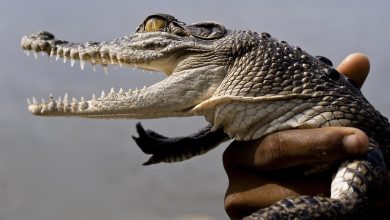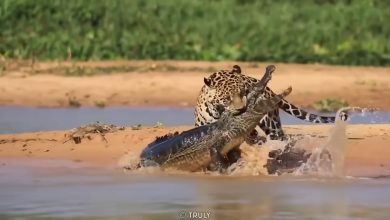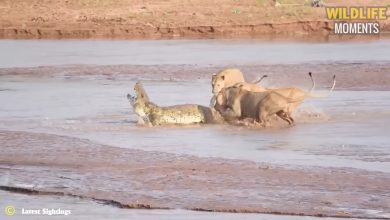Do Crocodiles Eat Humans? (2024)
Do Crocodiles Eat Humans? Unraveling the Truth about Crocodile Predation
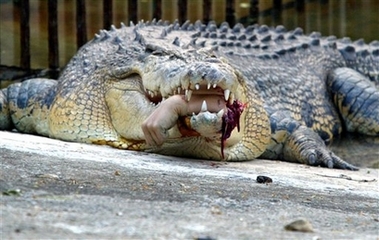
Do Crocodiles Eat Humans?
Do Crocodiles Eat Humans? – Imagine the dense wilderness of a tropical river, its murky waters hiding secrets within. There is no shortage of fearsome creatures lurking beneath the surface, but it is the ancient beasts known as crocodiles that instill primal dread in our hearts. The question that preoccupies millions around the world: do crocodiles eat humans? Today, we dive deep into the realm of these formidable reptiles to unravel the truth about crocodile predation. Join us on this journey as we explore their behavior, habitats, and the dangerous encounters that have become the stuff of legends. Brace yourself for an adventure into the enigmatic world of crocodiles.
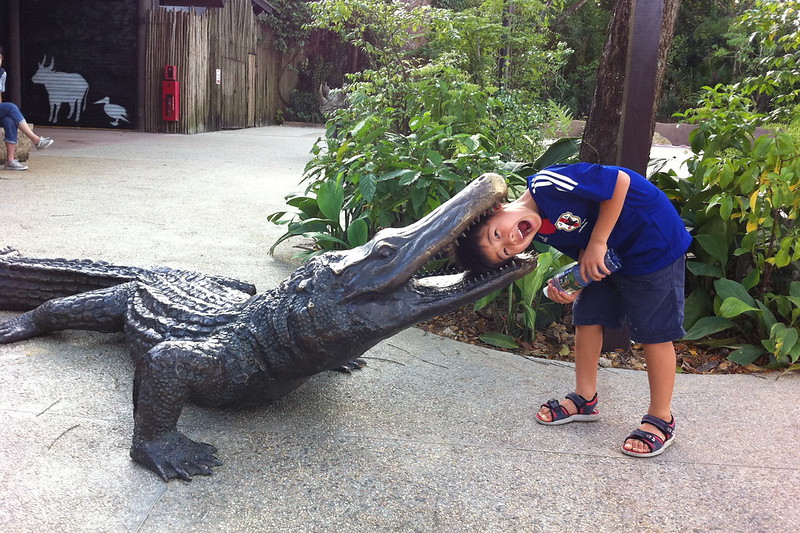
Table of Contents Crocodiles Eat Humans
What Do Crocodiles Look Like?
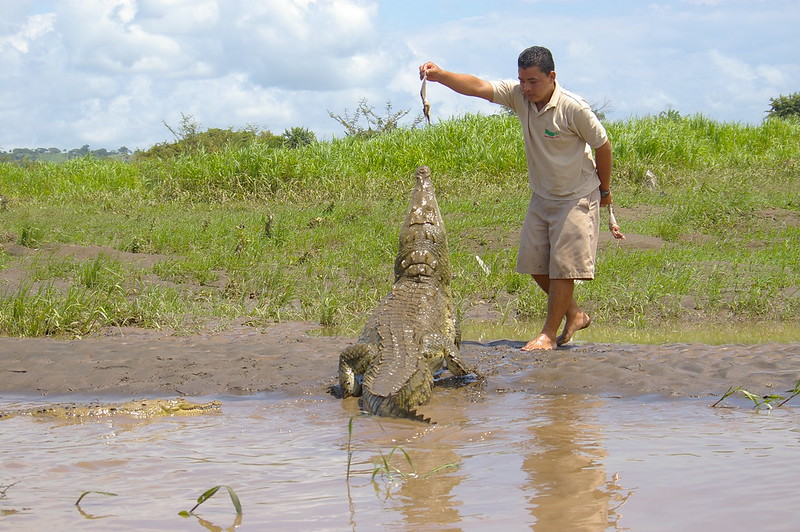
Crocodiles are awe-inspiring creatures with unique anatomical features that have remained virtually unchanged for millions of years. Their sturdy bodies, robust jaws, and scaly armor are unmistakable. A crocodile’s appearance is both impressive and intimidating. They possess a streamlined, elongated body that ranges in color from grayish-brown to olive-green, perfectly blending with their natural habitats.
Crocodiles have powerful jaws that house sharp, pointed teeth designed for gripping and tearing their prey. Their eyes, positioned on top of their heads, allow them to remain submerged while keeping a watchful eye on their surroundings. With their muscular tails and webbed feet, crocodiles are remarkably adapted to life both in water and on land.
Crocodiles share certain similarities with other reptiles but have distinct features that set them apart. Their long, V-shaped snout distinguishes them from alligators, which typically possess a U-shaped snout. Crocodiles are often confused with alligators, but a closer examination reveals these subtle characteristics.
The Different Species of Crocodiles
The world is home to several species of crocodiles, each with its own unique traits and characteristics. One such species is the American saltwater crocodile, renowned for its size and fearsome reputation. Found primarily in the coastal waters of the Americas, it is a formidable predator feared by both humans and other animals. The American saltwater crocodile is just one fascinating example, with other species inhabiting diverse regions across the globe.
Let’s explore some of the most notable crocodile species:
- American Saltwater Crocodile
- Description and characteristics of the American saltwater crocodile
- Discussion of its habitat and behavior
- Mention of the related keyword “american saltwater crocodile“
- Nile Crocodile
- Overview of the Nile crocodile, found in Africa
- Highlighting its size, hunting techniques, and reputation as a man-eater
- Incorporating related keywords “crocodile deaths per year,” “most dangerous crocodile”
- Saltwater Crocodile
- A closer look at the saltwater crocodile, the largest living reptile
- Discussing its natural habitat and predatory behavior
- Mentioning the related keyword “how dangerous are crocodiles”
These are just a few examples of the fascinating crocodile species that roam our planet, each contributing to the diversity of these ancient predators.
How Dangerous Are Crocodiles?
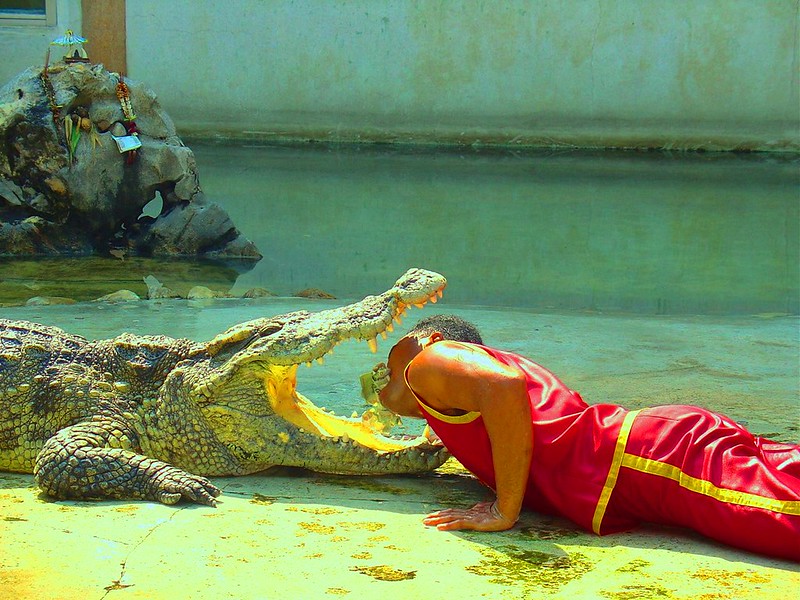
There’s no denying that crocodiles hold a fearsome reputation as apex predators. Their powerful bite, combined with their stealth and aggression, make them a formidable force in their ecosystem. However, understanding the true danger they pose is essential in dispelling misconceptions and fostering a deeper appreciation for these unique creatures.
The Most Dangerous Crocodile: Separating Fact from Fiction
When discussing dangerous crocodiles, it’s important to address the distinction between perception and reality. While crocodile attacks on humans do occur, they are relatively rare compared to other causes of injury or mortality. It’s crucial to approach the subject with accurate information to avoid undue fear or sensationalism. Understanding the context of crocodile behavior and their interactions with humans is key.
Crocodile Deaths per Year: Statistics and Insights
To gain further insight into the risks presented by crocodiles, let’s explore the statistics surrounding crocodile-related deaths. While it’s tragic that lives are lost to crocodile attacks, comparing these occurrences with other causes of mortality provides a balanced perspective. The number of deaths caused by crocodiles varies among countries and regions, highlighting the importance of local awareness and preventative measures.
Crocodile Predation: Myth or Reality?
Crocodile attacks on humans have been a subject of fascination and horror for centuries. The question of whether crocodiles eat humans is one that has captivated minds throughout history. To understand the truth behind crocodile predation, we must delve into the frequency with which these incidents occur and the circumstances that lead to such encounters.
How Often Do Crocodiles Eat? Debunking Myths Surrounding Crocodile Attacks
Crocodile attacks on humans are relatively uncommon events, debunking the myth that they pose an imminent threat to human life. Understanding the factors that influence crocodile behavior and contribute to these rare incidents is essential in separating fact from fiction. By addressing these misconceptions, we can develop a more accurate understanding of crocodile predation.
Preventive Measures: Staying Safe in Crocodile Territory
While the chances of a crocodile attacking humans may be low, taking precautionary measures is essential when entering crocodile habitats. Respect for their territory and a thorough understanding of these reptiles’ behavior are crucial in minimizing the risk of encounters. Whether you find yourself near a river, mangrove swamp, or estuary, adopting specific practices can help ensure your safety and the protection of these magnificent creatures.
Understanding Crocodile Behavior
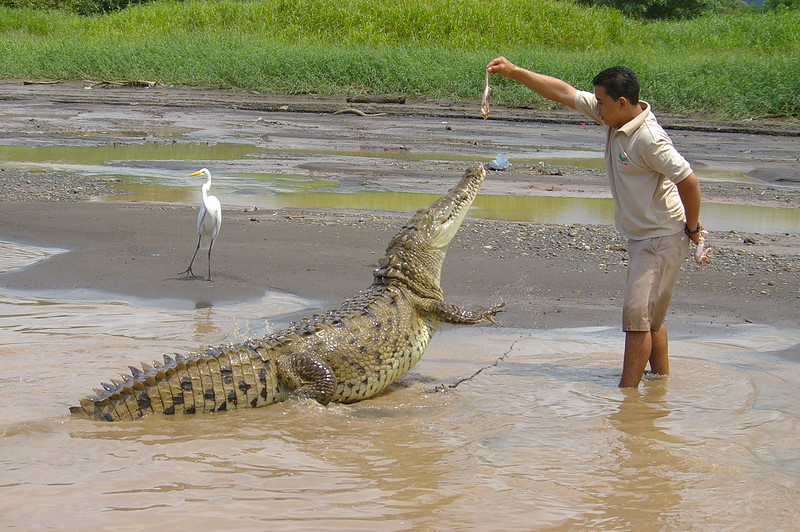
To truly comprehend the dangers and risks associated with crocodiles, we must examine their behavior in-depth. Understanding their feeding habits, prey preferences, and territoriality sheds light on the intriguing world of these ancient reptiles.
Crocodiles Eating Prey: What’s on the Menu?
Crocodiles are opportunistic hunters, capable of adjusting their prey preferences to suit their environment and circumstances. Although their diet primarily consists of fish, reptiles, birds, and mammals, they can be formidable predators when the opportunity arises. By exploring the details of their feeding habits, we gain insight into their role as ecological regulators.
Crocodile Eating Crocs: An Unexpected Cannibalistic Behavior
Cannibalism is not exclusive to some humans; it can be observed in crocodile populations as well. This behavior, while relatively rare, underscores the fierce competition and territorial nature of crocodiles. By further understanding the intricacies of cannibalism within crocodile communities, we gain valuable insight into their social dynamics.
Man Eating Crocodile: Examining Rare but Tragic Encounters
Although rare, there have been documented cases of crocodiles attacking and consuming humans. These incidents are often borne out of unfortunate circumstances, misunderstandings, or human recklessness. Exploring the factors that contribute to these rare encounters helps us develop a more comprehensive view of crocodile behavior and the complex relationship between humans and these apex predators.
Crocodile Territories and Ranges
To fully appreciate the existence of crocodile-human interactions, it’s essential to understand the geographic distribution of crocodile species worldwide. Different species inhabit various regions and ecosystems, adapting to their surroundings while contributing to the delicate balance of their respective habitats.
A Glimpse into Crocodile Habitats and Territories
Crocodile populations inhabit a diverse range of environments, from freshwater lakes and rivers to brackish estuaries and even saltwater coastlines. Gaining insights into these diverse habitats provides a better understanding of the specific challenges faced by humans and crocodiles coexisting in these areas.
The Impact of Environmental Factors on Crocodile Range
Environmental factors, such as temperature, water salinity, and prey availability, play pivotal roles in shaping the distribution and range of crocodile populations. By examining these factors, we can appreciate the delicate balance required for crocodiles to maintain sustainable habitats and ecosystems.
Crocodiles vs. Alligators: What Sets Them Apart?
Crocodiles and alligators are often confused due to their similar reptilian appearances. While they share certain traits, they also possess distinct characteristics that set them apart from each other. Understanding these differences is essential in appreciating the unique nature of crocodiles and alligators and the threats they may pose to humans.
The Key Differences between Crocodiles and Alligators
Crocodiles and alligators, despite their similarities, have fundamental differences in appearance, habitat, and behavior. A deeper examination of these distinctions unveils the unique qualities that define each species and their respective roles in their ecosystems.
Alligator Attack Human: Contrasting Human Interactions with Alligators and Crocodiles
In comparison to crocodiles, alligators have a less aggressive nature when interacting with humans. Understanding the reasons behind this disparity and examining the factors that influence alligator behavior provides valuable insights into preventing harmful encounters.
The Impressive Size and Growth of Crocodiles
One cannot discuss crocodiles without marveling at their sheer size and the remarkable growth they undergo throughout their lives. From birth to adulthood, crocodiles undergo incredible physical transformations, placing them among the largest living reptiles on the planet.
Average Crocodile Size: From Tiny Hatchlings to Massive Predators
Crocodiles start their lives as tiny, vulnerable hatchlings, often defended by their mother until they are strong enough to fend for themselves. As they mature, crocodiles undergo significant growth, with each species exhibiting varying sizes. Understanding their growth patterns helps us fully appreciate the awe-inspiring size they can reach.
How Big Can a Crocodile Get? Exploring the Limits of Size
Discovering the upper limits of crocodile size unveils the true extent of their growth potential. Human encounters with larger crocodiles can be particularly awe-inspiring and often contribute to exaggerated tales and legends. By understanding the true size capabilities of these reptiles, we can differentiate fact from fiction.
Conclusion Do Crocodiles Eat Humans:
Crocodiles, with their ancient lineage and fearsome reputation, have captured our imaginations for centuries. While the question “do crocodiles eat humans” may still evoke a shiver down our spines, it is essential to separate fact from fiction when considering crocodile predation. Understanding crocodile behavior, their natural habitats, and the risks they pose allows us to appreciate these fascinating creatures and coexist with them sensibly.
By debunking myths and providing accurate information, we hope to dispel undue fears and foster a healthy respect for these apex predators. Remember, venturing into crocodile territories necessitates precautionary measures and awareness. Let us treasure the incredible diversity of our natural world, embracing both its magnificence and its potential dangers. Stay informed, stay safe, and continue to explore the remarkable realm of these enigmatic reptiles.
